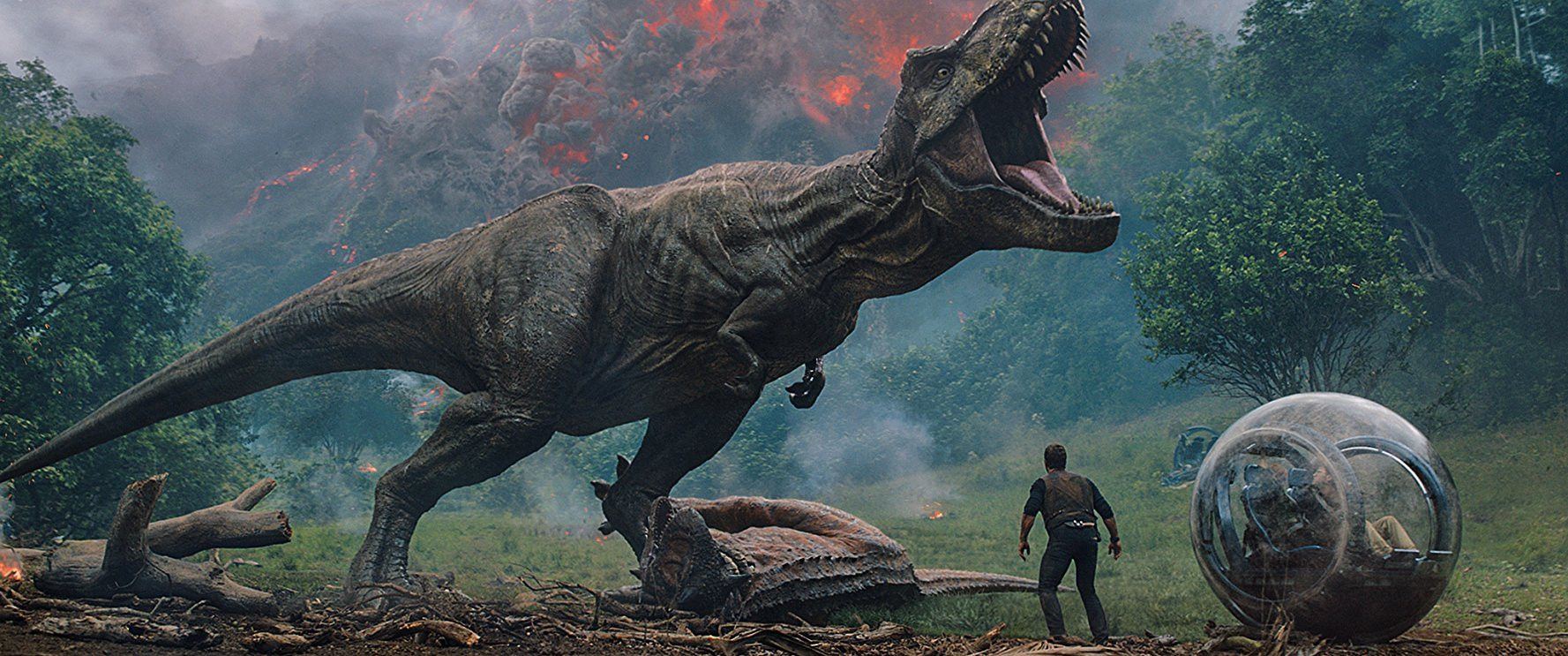A recent study conducted in university of London revealed a very interesting facts about dinosaurs destruction. The asteroid responsible for dinosaurs destruction was stuck at the deadliest angle possible. According to the study, the asteroid hit Earth at an angle of 60 degrees which was responsible for the climate change. It led to the production of various deadliest gases and ruining atmosphere . The main toxic gas was sulphur which blocked the sun and triggered nuclear reactions that killed 75% of life. This was not only responsible for to destroy life but it also made further production of life difficult.

The 3D numerical impact helped a lot in conducting the study more appropriately
The study was conducted with the help of 3D numerical impact and geophysical data from the site of impact. With the help of 3D the whole event could be recreated and the impacts were studied more properly. The study was led by Professor Gareth Collins from the Department of Earth Science and Engineering. According to search the asteroid hit the earth at a steep angle from the north-east direction. All the results were published in the “Nature communications” and the study was conducted in Science and Technology Facilities Council (STFC).
The upper layer of earth around Chicxulub crater in Mexico contains high amount of water, porous carbonate and evaporated rocks. When the atmosphere was heated the impact of heat was distributed. This led decomposition of rocks and releasing vast amount of carbon dioxide, sulphur and water vapour. Sulphur formed aerosols and other hazardous particles which blocked sun rays.
Sulphur formation not only destroyed dinosaurs but also end up blocking photosynthesis. The rocks were uplifted and the surface of earth was affected 30km from the surface. Previous studies from Chicxulub only covered the information through the early stages of impact. It only included the production of deep bowl into earth’s surface whereas the recent study covers every aspect of the destruction.

